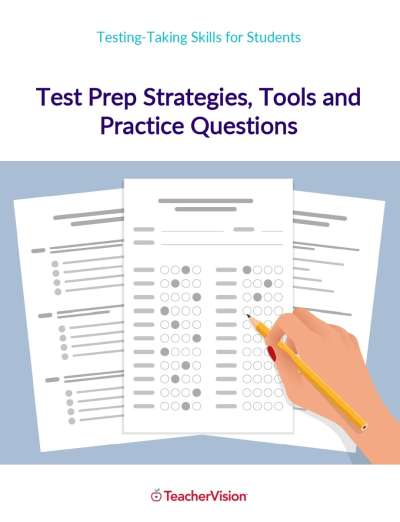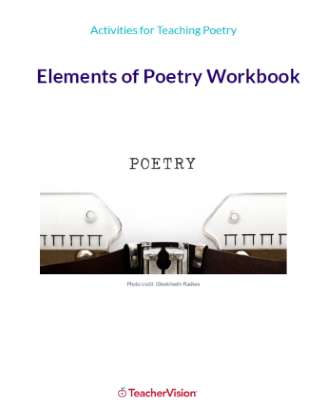Objectives
- Students will use vocabulary related to the history of segregation in the United States.
- Students will learn about the history of segregation in America.
- Students will recognize the challenges and prejudice that many African Americans faced in the 1950s.
- Students will appreciate how the Little Rock Nine influenced the future of education for many African Americans.
Procedures
- Introduce key vocabulary:
discriminate = to act on the basis of prejudice
inferior = lower in quality
prejudice = irrational hatred or suspicion of a specific group, race, or religion
protest = to express strong objection
segregate = to impose the separation of a race or class from the rest of a group of people
U.S. Supreme Court = the highest federal court in the United States - Talk to your students about the Little Rock 9 and school segregation. Note some of the people and groups who helped to fight for an end to segregation.
- Discuss the following questions with your students:
- What are some of the obstacles the Little Rock Nine faced at Central High School.
- What words would you use to describe the Little Rock Nine students?
Assessment
- Use a rubric to assess students' ability to take notes and understand the impact of the Little Rock Nine on the end of segregation in the United States.
- Find a variety of assessment techniques to use with this lesson.
Extension Activities
- Explore outstanding lessons and activities in the Black History Month theme.
- The Little Rock Nine demonstrated that ordinary people can make a difference in changing problems in our world. Have students work in small groups to define a problem in their community. Then have them outline a plan for finding a solution.
- Invite students to create a display for their school that shows a "before and after" model of the improvements they propose for their community. Have them write and mail letters to their community leaders describing their proposals.
Standards Correlations
National Social Studies Standards
Students develop an understanding of:
- how reading about and reconstructing the past allows them to develop historical perspective.
- how diversity within the culture offers strengths and advantages to the society in general, and to their own growth as human beings.
- how institutions such as schools, churches, families, government agencies, and courts all play integral roles in our lives.
National Educational Technology Standards
Students:
- use technology tools to enhance learning, increase productivity, and promote creativity.
- practice responsible use of technology systems, information, and software.
Rubric
| 4 | Exemplary Student:
|
| 3 | Competent Student:
|
| 2 | Developing Student:
|
| 1 | Emerging Student:
|


